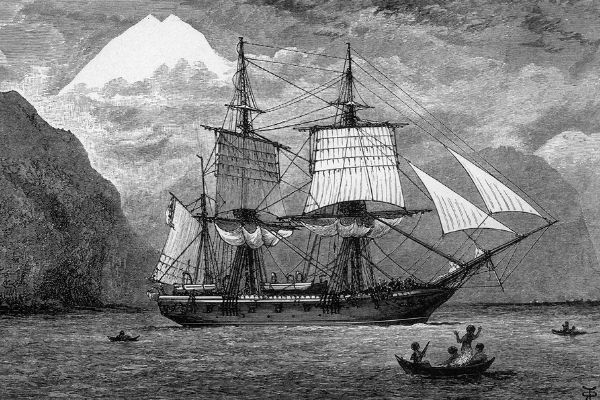H.M.S. Beagle’s Five-Year Voyage Around The Globe
One of more than 100 Royal Navy brig-sloops of the Cherokee class, HMS Beagle had ten guns. On May 11, 1820, the Woolwich Dockyard on the River Thames launched the ship that had been built for £7,803 (approximately equivalent to £664,000 in 2018).
A person who studies natural history is referred to as a naturalist. Natural history is the investigation and study of creatures in their environment. Charles Darwin, a young naturalist, traveled the globe on HMS Beagle's second voyage, which is noteworthy. Charles Darwin jumped at the chance to travel with the HMS Beagle's captain, Robert FitzRoy, as a naturalist during their journey around the globe. Darwin studied plants, animals, fossils, and geological formations on land throughout the majority of the expedition, which lasted from 27 December 1831 to 2 October 1836. The enormous fossils of prehistoric mammals, which were previously only known from a small number of specimens, were one of the significant discoveries he made during the expedition. Darwin became a renowned geologist as a result of his research and observations made while on the expedition.
His findings were crucial in the development of his scientific theories on evolution and natural selection. He became famous after releasing his diary record, which is best known as The Voyage of the Beagle and this is one of the major accomplishments of Charles Darwin.








